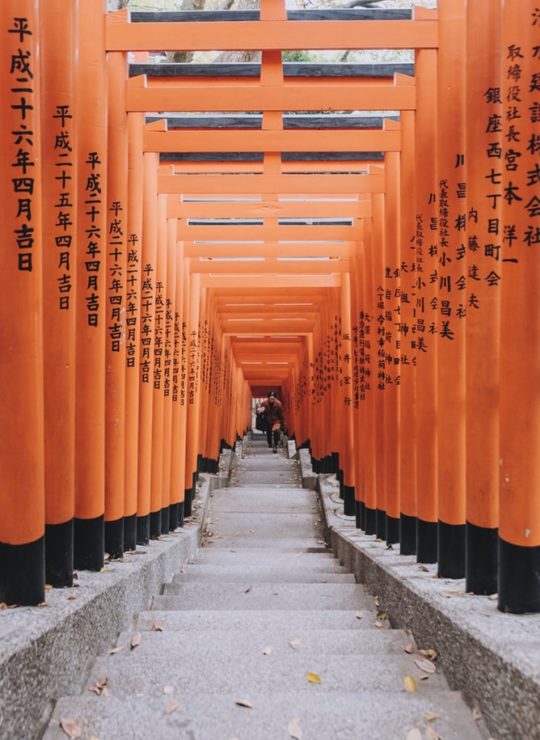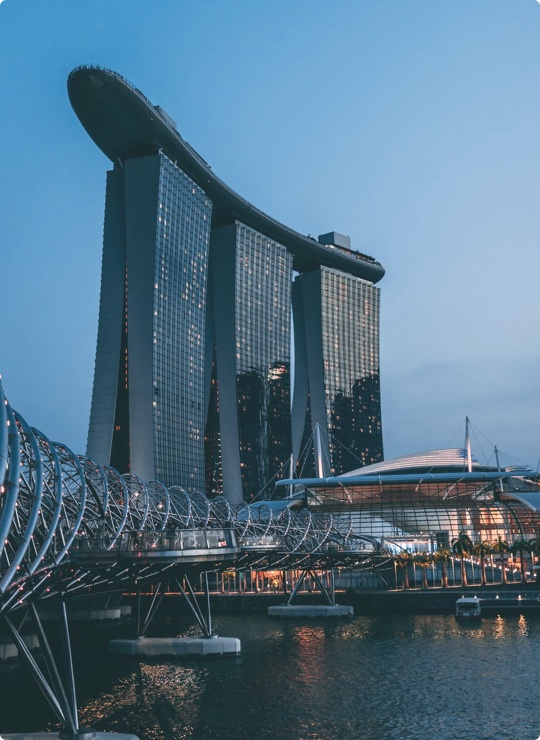Sterile transit
Sterile transit is a term for a situation international travel where one can enter and leave (transit) part of a country's territory without technically entering the country itself, hence without customs or immigration formalities.
This most often applies to international flights. For example if flying from country A to country C and changing planes in country B, then if B allows sterile transit travellers do not need to go through that country's customs or immigration checks. However they must remain in a restricted zone on the air side of the airport, and in most places they and their hand luggage will still go through security screening.
Sometimes other modes of transport may be involved. For example, you can land at Hong Kong airport and take a ferry to either Macau or mainland China without going through procedures to enter Hong Kong. See Hong Kong Airport for details.
Understand
[edit]Sterile transit is almost always more convenient for the traveller since it avoids formalities that are often time-consuming and rather boring. Sometimes it also saves money since if it is not allowed then some travellers will need to pay for a visa.
For example, consider a flight from Southeast Asia to Canada with a change of planes at either Seoul-Incheon or Los Angeles. Korea allows sterile transit (provided your luggage is checked through), so you can just walk to the escalator that gets you to the departure area, go through security at the top of it (usually quick), and walk to your departure gate. The US does not allow sterile transit, so you have to go through both customs and immigration, and both often have long queues. This is one reason for Avoiding travel through the United States.
Some countries, notably the USA, do not allow sterile transit at all. Canada generally does not allow sterile transit, but there are a few limited exceptions for people flying between Asia and the US. See Canada: transit for details.
Many countries restrict sterile transit to a usually long list of "friendly" countries, but still require visas for those from a small list of nationalities. For example, Hong Kong allows sterile transit for most passports but there is a list of nationalities that require a visa even for transit; see Hong Kong#Immigration.
In most airports sterile transit is only available if your arriving and departing flight are on the same ticket and your bag is checked through to your final destination. This may exclude flights on budget airlines, and also may be more expensive than buying separate tickets for each leg. Although there a few exceptions, normally both your arriving and departing flight have to be from the same airport - check for airside transfer arrangements if it is different terminals in the same airport.
For example. at South Korean airports, sterile transit is possible provided your luggage is checked through beyond Korea. However, if you are flying in on one airline and out on another and the two do not have an agreement that lets you check luggage all the way, then you need to claim your baggage, go through customs and immigration, then check in for the outgoing flight. In most cases this will mean you need the K-ETA (Korean Electronic Travel Authorisation), see South Korea#Entry requirements for details.
Although you avoid the entry formalities and cost and hassle of a visa, it is likely that an official will still take a quick look at your passport. Similarly your baggage doesn't have to go through a full customs inspection, but there are still limits on what you can take with you (which can be different from your destination).
There may be time limits on how long you can spend in transit. Check with your airline if you have more than 12 hours between flights, as they may assume that you are going to have a brief stopover in town rather than staying airside.
See also
[edit]Two countries that do not allow sterile transit:


 Français
Français Italiano
Italiano



